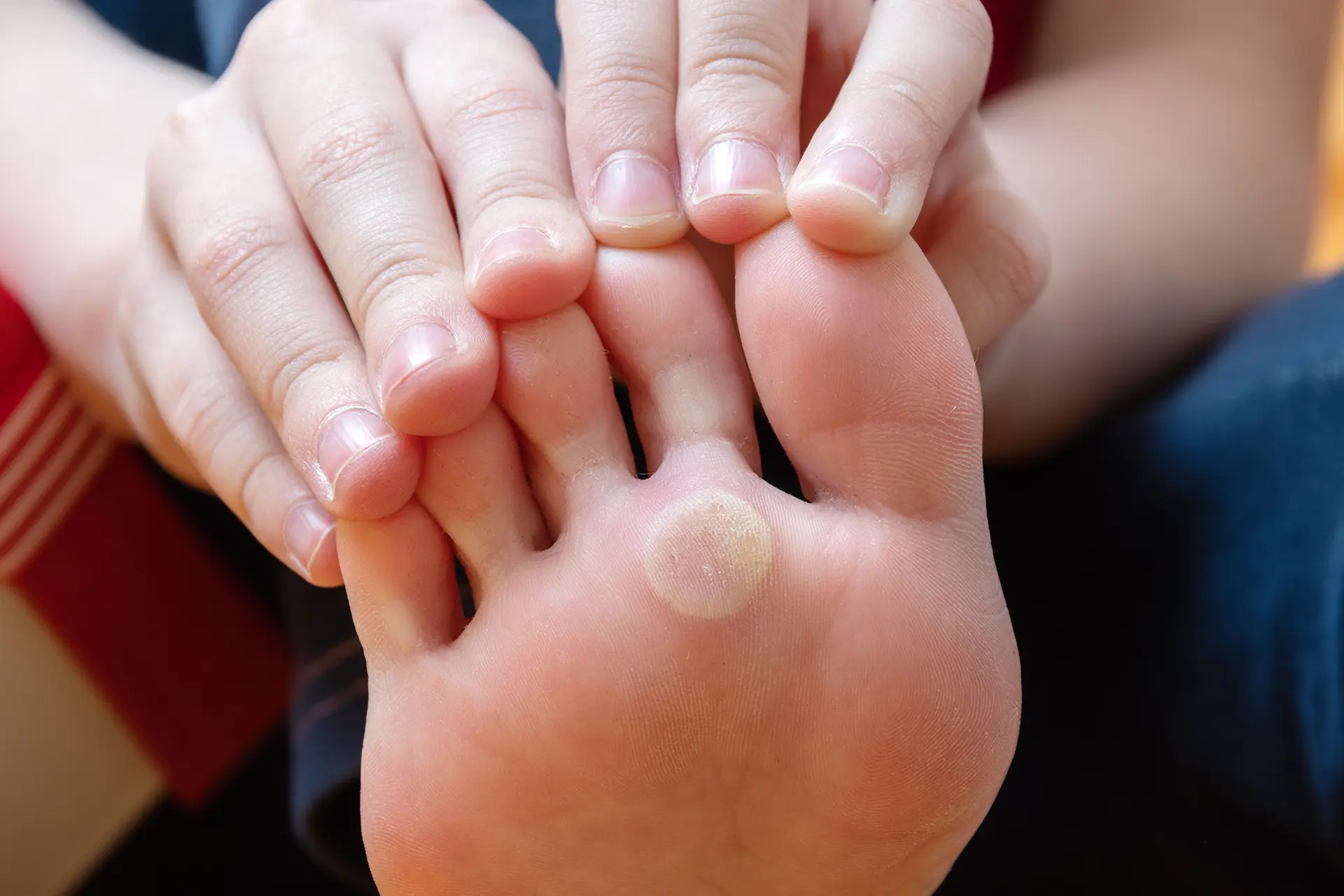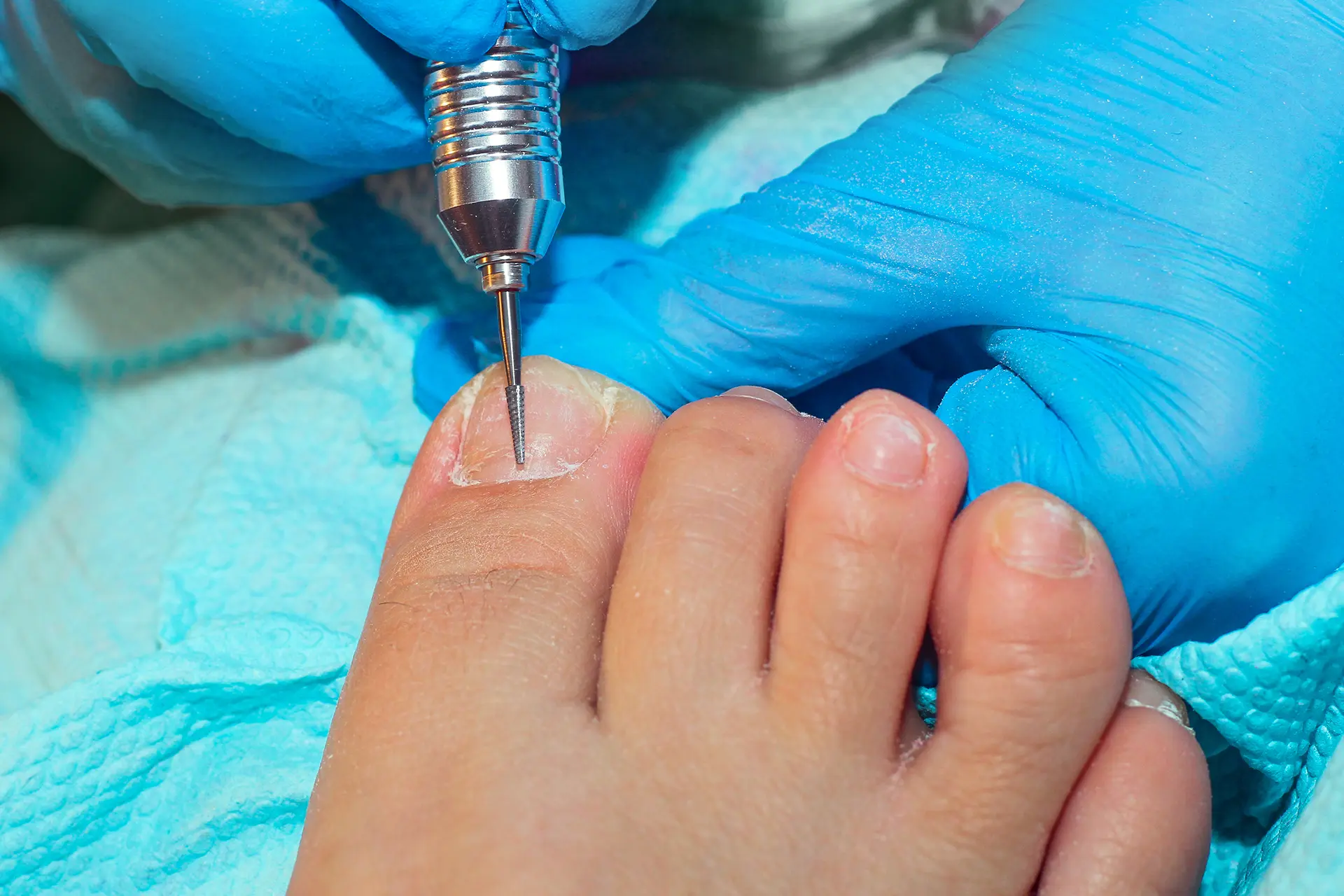Fungal nail infections, also known as onychomycosis, are a common condition that can cause thick, discolored, and brittle nails. These infections are caused by a variety of fungi, including yeasts and molds, and they can affect both the fingernails and toenails. While fungal nail infections are not usually serious, they can be difficult to treat and may require ongoing treatment to keep them under control.
Treatment Options:
There are several treatment options available for fungal nail infections, including over-the-counter and prescription medications, home remedies, and procedures performed by a healthcare provider. The most effective treatment option will depend on the severity of the infection, the type of fungus causing the infection, and any underlying medical conditions the person may have.
One common treatment option for fungal nail infections is the use of antifungal medications. These medications can be applied topically to the affected nail or taken orally in the form of tablets or capsules. Topical antifungal medications are typically applied to the infected nail and surrounding skin once or twice daily for several weeks or months. They can be effective at clearing up mild to moderate infections, but may not be as effective at treating severe or stubborn infections.
Oral antifungal medications, on the other hand, are taken by mouth and can be more effective at clearing up severe or stubborn infections. However, they may cause side effects such as nausea, diarrhea, and liver damage, and are generally reserved for more severe infections or when topical treatments have not been successful.
In addition to antifungal medications, there are also several home remedies that may be effective at treating fungal nail infections. One popular home remedy is the use of vinegar, which has antifungal properties and can help to kill the fungi that cause the infection. To use vinegar as a treatment, soak the affected nail in a solution of equal parts vinegar and water for 15-30 minutes once or twice daily.
Tea tree oil is another home remedy that may be effective at treating fungal nail infections. Tea tree oil has antifungal and antiseptic properties and can be applied to the affected nail using a cotton swab or brush. It is important to dilute tea tree oil with a carrier oil, such as coconut oil, before applying it to the nail to avoid irritation.
Other home remedies that may be effective at treating fungal nail infections include using mouthwash, using lemon juice, and using baking soda. It is important to keep in mind that home remedies may not be as effective at treating severe or stubborn infections, and it is always a good idea to consult with a healthcare provider before trying any new treatment.
In some cases, a healthcare provider may recommend a procedure to treat a fungal nail infection. One common procedure is debridement, which involves removing the infected nail tissue using a scalpel or laser. This procedure may be performed in a healthcare provider’s office or at a hospital, and may be combined with the use of antifungal medications to help prevent the infection from returning.
Another procedure that may be used to treat a fungal nail infection is a nail avulsion, which involves completely removing the infected nail. This procedure is typically reserved for severe infections that have not responded to other treatment options, and it may be performed in a hospital or outpatient surgery center.
It is important to keep in mind that fungal nail infections can be difficult to treat and may require ongoing treatment to keep them under control. It is also important to practice good foot hygiene, such as keeping the feet clean and dry, wearing shoes that allow for ventilation, and avoiding sharing shoes or nail clippers with others, to help prevent the development of fun
What Is Fungal Nail And What Causes It ?
Toenail fungus is very common, especially as people start to age. Medical experts estimate that onychomycosis affects 1 in 10 people overall. That number jumps to 1 in 2 (50%) for people older than 70.
With toenail fungus, your nail becomes thick and yellow and may show white spots and streaks. A type of mold called a dermatophyte causes tinea unguium, the most common nail fungus. Tinea unguium most frequently targets your toenails, but it can also affect your fingernails. Onychomycosis is another name for the condition.



